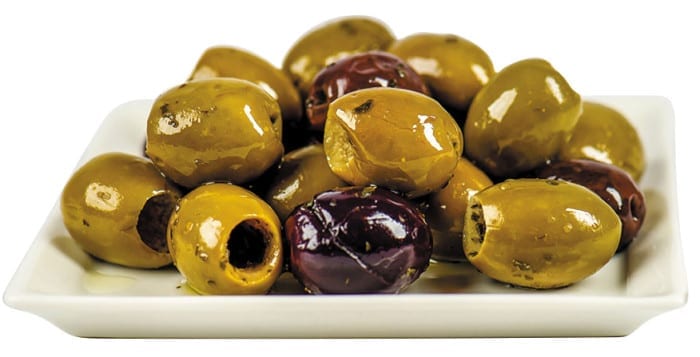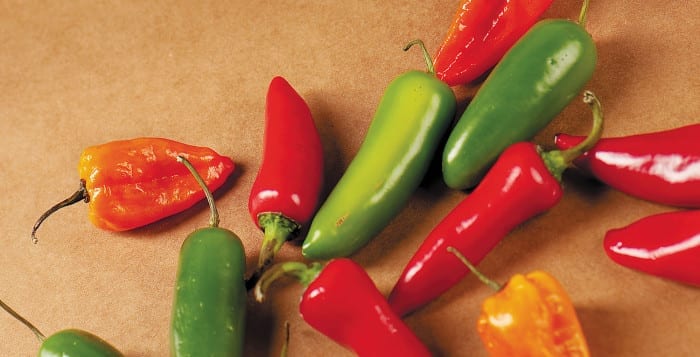By Bob Lipinski
I am absolutely the best holiday shopper and everyone loves my gifts. My secret? I do all my shopping in a liquor store — wine shop, if you prefer — and it takes less than one hour. Forget those long lines, crowded malls and roads that resemble parking lots. I have never had a gift returned because it doesn’t “fit,” it’s the wrong color or size, it’s out of style, or “I already have one of these.”
There are countless holiday gift packs of wine and distilled spirits, some even contain glasses to enjoy the beverage. From cardboard boxes, tins, ribbons, bows and wooden boxes, each is colorfully decorated and makes a great gift. If you’re uncomfortable making a selection or really don’t know that much about wines and spirits, simply ask one of the store’s employees for assistance.
Some of my suggested wines and spirits for the holidays that won’t break your pocketbook are:
Bubbly
Cavicchioli Lambrusco “Vigna del Cristo” (Emilia-Romagna, Italy)
Roederer Estate “Brut” (Anderson Valley, California)
Wines
Ferrari-Carano “Fumé Blanc” (Sonoma, California), white
Gnarly Head Old Vine Zinfandel (Lodi, California), red
Sella & Mosca “Cannonau Riserva” (Sardinia, Italy), red
Nino Negri “Quadrio” (Lombardy, Italy), red
Spirits
Jim Beam “Black Label” Bourbon Whiskey (Kentucky)
Old Forester Bourbon Whiskey (Kentucky)
The Famous Grouse “Blended Scotch Whisky” (Scotland)
Black & White Blended Scotch Whisky (Scotland)
New Amsterdam Vodka (USA)
Svedka Vodka (Sweden)
Now, if you want to go all-out and impress, here are a some more suggestions:
Bubbly
Pol Roger Cuvée Sir Winston Churchill “Brut” (Champagne, France)
Besserat “Blanc de Blancs” (Champagne, France)
Wines
Gundlach-Bundschu “Chardonnay” (Sonoma, California), white
Olivier Leflaive “Puligny-Montrachet” (Burgundy, France), white
Clos du Val “Cabernet Sauvignon” (Napa, California), red
Domaine Alain Burguet “Chambolle-Musigny” (Burgundy, France), red
Zuccardi “Reserva Malbec” (Mendoza, Argentina), red
Spirits
Chivas Regal 18-Year Old Blended Scotch Whisky (Scotland)
Booker’s Straight “Small Batch” Bourbon Whiskey (Kentucky)
Diplomatico Reserva 8-Year old Rum (Venezuela)
Prunier XO Cognac (France)
Also, recently, I had the opportunity to taste a simply delicious rosé wine from Provence, France, which will certainly be part of my holiday celebration. Maison Belle Claire Rosé is salmon-colored, with a luscious bouquet and taste of fresh fruits, cherries, peaches, strawberries, and orange. It is light, dry and refreshing, with plenty of fruit. Serve it chilled as part of your holiday brunch celebration.Now, what do I want as a holiday gift? A bottle of Baker’s, 107 proof, 7-Year-Old Bourbon, and a long straw to keep me happy on a cold winter night.
In the words of the late Clifton Fadiman, an American writer, editor and book reviewer for The New Yorker, “Wine is alive, and when you offer it to your fellow man you are offering him life. That is why there are few better gifts to send than a case or two — or a bottle or two — of wine. It is not that when drinking it, they will recall the donor — if you crave such vulgar satisfactions, it is more efficient to send them a chair with a pair of spurs set in the upholstery. It is that, when drinking it, they will become more conscious of themselves, of their own capacity for joy.”
Bob Lipinski, a local author, has written nine books, including “101: Everything You Need To Know About Whiskey” and “Italian Wine & Cheese Made Simple” (available on Amazon.com). He conducts training seminars on wine, spirits, and food; and is available for speaking engagements. He can be reached at www.boblipinski.com or [email protected].








